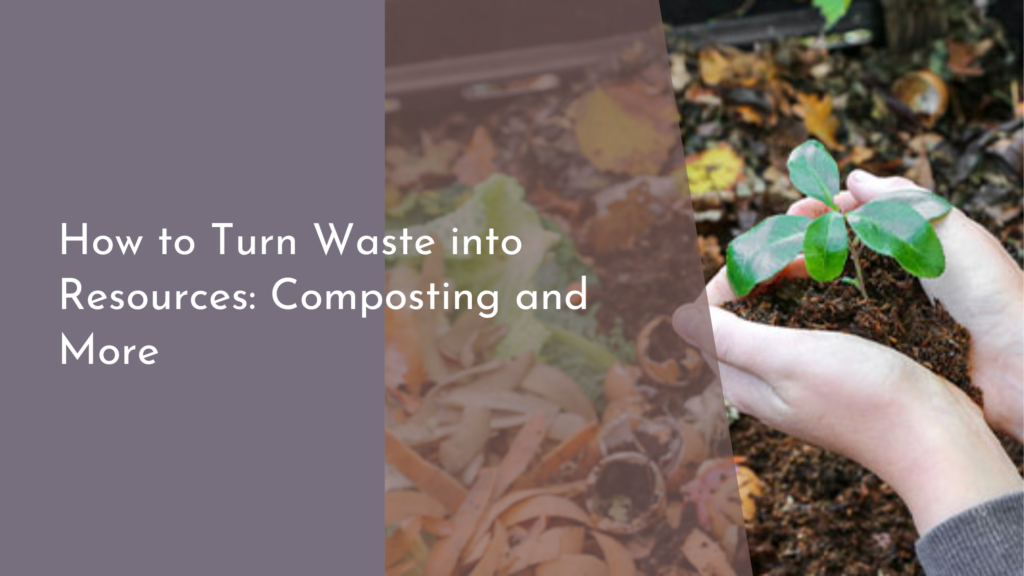Growing Herbs from Seeds vs. Cuttings: Pros and Cons
Growing your own herbs can be a truly rewarding experience, whether you’re an experienced gardener or just starting out. Two popular methods for cultivating these flavorful plants are sowing seeds and taking cuttings. Each method has its unique charm and offers different advantages and challenges, making it essential to understand what each approach entails. In this article, we will break down the joys of starting fresh, explore the benefits of seeds, and delve into the advantages of cuttings, helping you choose the best path for your herb garden.
The Joy of Starting Fresh: Seeds vs. Cuttings Explained
Starting your herb garden from seeds is akin to planting a little piece of hope into the soil. It gives you the exhilarating opportunity to witness the entire growth cycle—from tiny seeds sprouting to luscious, leafy herbs ready for harvest. Seeds allow for a diverse selection of herb varieties, many of which may not be available as cuttings. Plus, there’s something undeniably satisfying about nurturing those seedlings and watching them flourish under your care.
On the other hand, propagating herbs from cuttings is akin to taking a shortcut to gardening success. This method involves snipping a section of an existing plant and encouraging it to develop roots, resulting in a new plant that is genetically identical to its parent. This approach can be particularly useful for perennial herbs that may take longer to grow from seeds. Whether you opt for seeds or cuttings, both methods offer unique experiences and rewards, inviting you to embark on your gardening journey.
Seed Power: Exploring the Benefits of Growing Herbs from Seeds
One of the most significant advantages of growing herbs from seeds is the wide variety of options available. From the well-known basil and parsley to the exotic flavors of Thai basil and lovage, seeds open the door to a world of culinary delights. Additionally, starting herbs from seeds can be more cost-effective compared to purchasing cuttings or small plants, allowing you to fill your garden without breaking the bank. Seeds are also typically easier to store, making it convenient to save them for future plantings.
Another benefit of growing herbs from seeds is the experience of cultivating your plants from the very beginning. This connection can lead to a deeper appreciation for the herbs you grow, as you witness the full life cycle—from germination to flowering. Seed starting also allows you to control growing conditions more effectively, as you can choose the right soil, pot size, and light exposure to suit the specific needs of your herbs. With patience and care, growing from seeds can yield a bountiful harvest that is deeply rewarding.
Cutting Edge: The Advantages of Propagating from Cuttings
When it comes to speed, propagating from cuttings takes the cake. This method allows you to create new plants quickly, often with visible roots in just a few weeks. This is particularly advantageous for gardeners eager to enjoy their herbs sooner rather than later. Cuttings can also be taken from healthy plants during the growing season, making it an excellent choice for expanding your garden while avoiding the lengthy germination phase associated with seeds.
Another significant advantage of cuttings is the assurance of consistency. Since cuttings are taken from mature plants, they retain the same flavor, aroma, and growth characteristics as their parent. This is especially important if you have a particular variety that you adore and want to replicate. Additionally, some herbs—like mint and oregano—are particularly well-suited for propagation by cuttings, making this method a foolproof choice for those plants. Overall, cuttings provide a fast, reliable way to grow herbs with known qualities.
Choosing Your Path: Weighing the Pros and Cons for Success
Ultimately, the decision between growing herbs from seeds or cuttings boils down to personal preference and gardening goals. If you enjoy the process of nurturing plants from the start and are keen on exploring various herb varieties, seed planting is likely your best bet. It offers a sense of accomplishment and a chance to learn about the entire growth process, although it requires patience and careful attention to germination conditions.
Conversely, if you prefer a quicker route to a thriving herb garden and want to replicate the exact characteristics of your favorite plants, cuttings are the way to go. This method allows you to expand your collection with ease and ensures you can enjoy your culinary herbs sooner. By weighing the benefits and challenges of each approach, you can confidently choose the path that best suits your gardening style, ensuring a flourishing herb garden that brings joy to your home cooking.
Whether you decide to embark on your herb-growing journey with seeds or cuttings, remember that each method has its delights and challenges. The key is to enjoy the process and celebrate each achievement, no matter how small. With a little knowledge and a lot of love, your herb garden will thrive and provide you with fresh flavors and aromatic delights for countless culinary adventures. Happy gardening!


